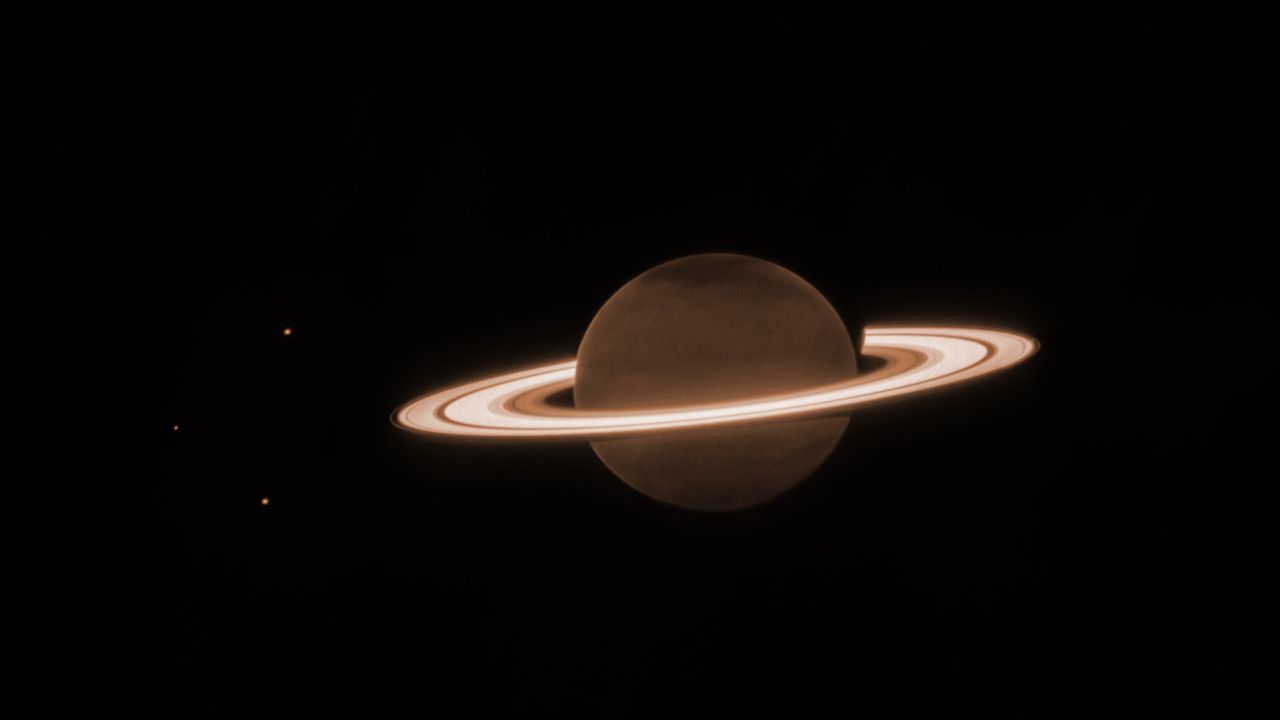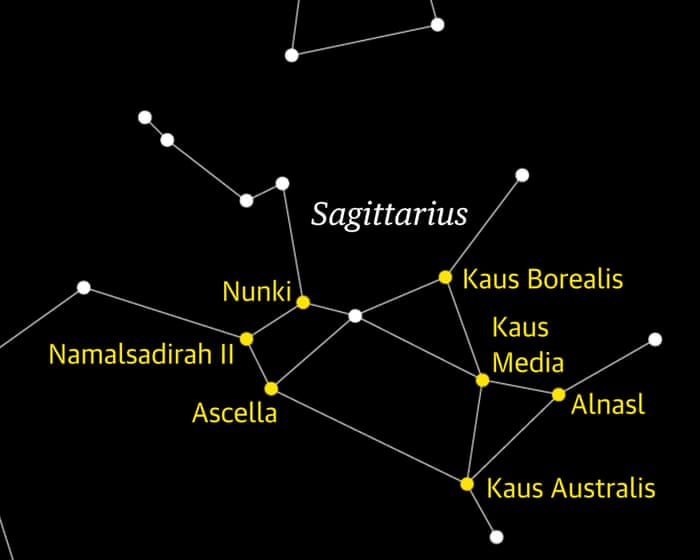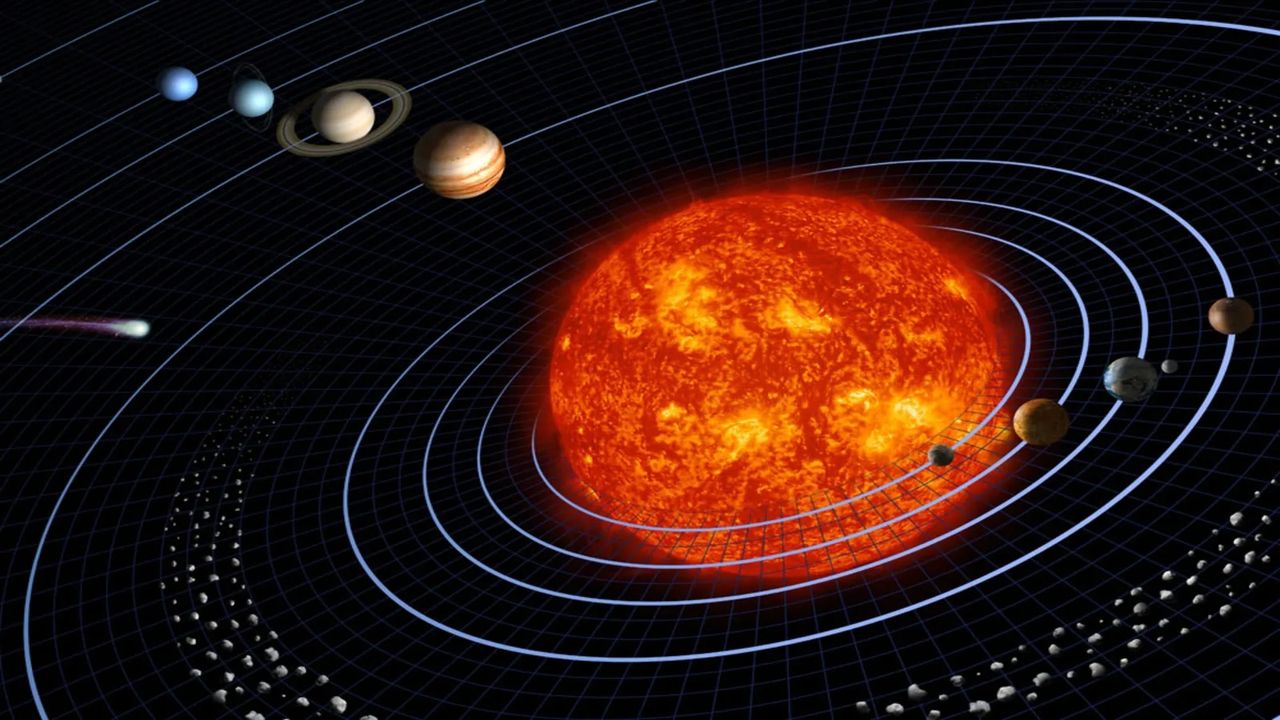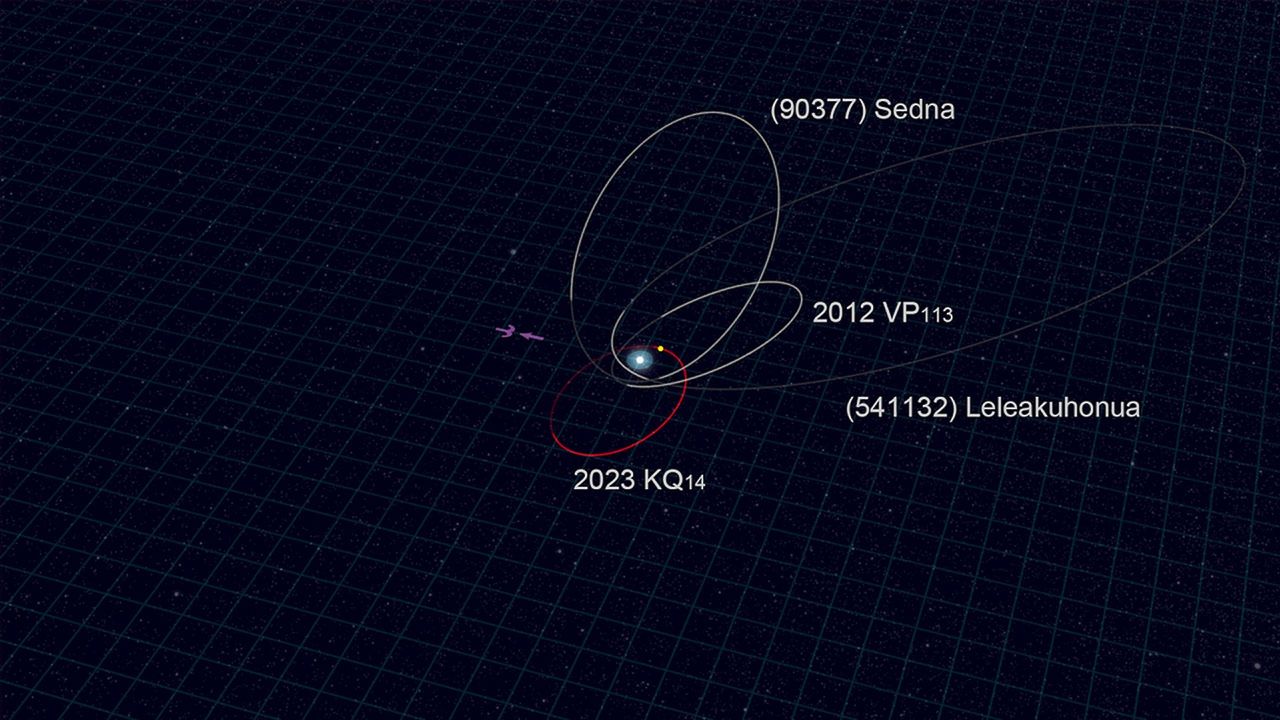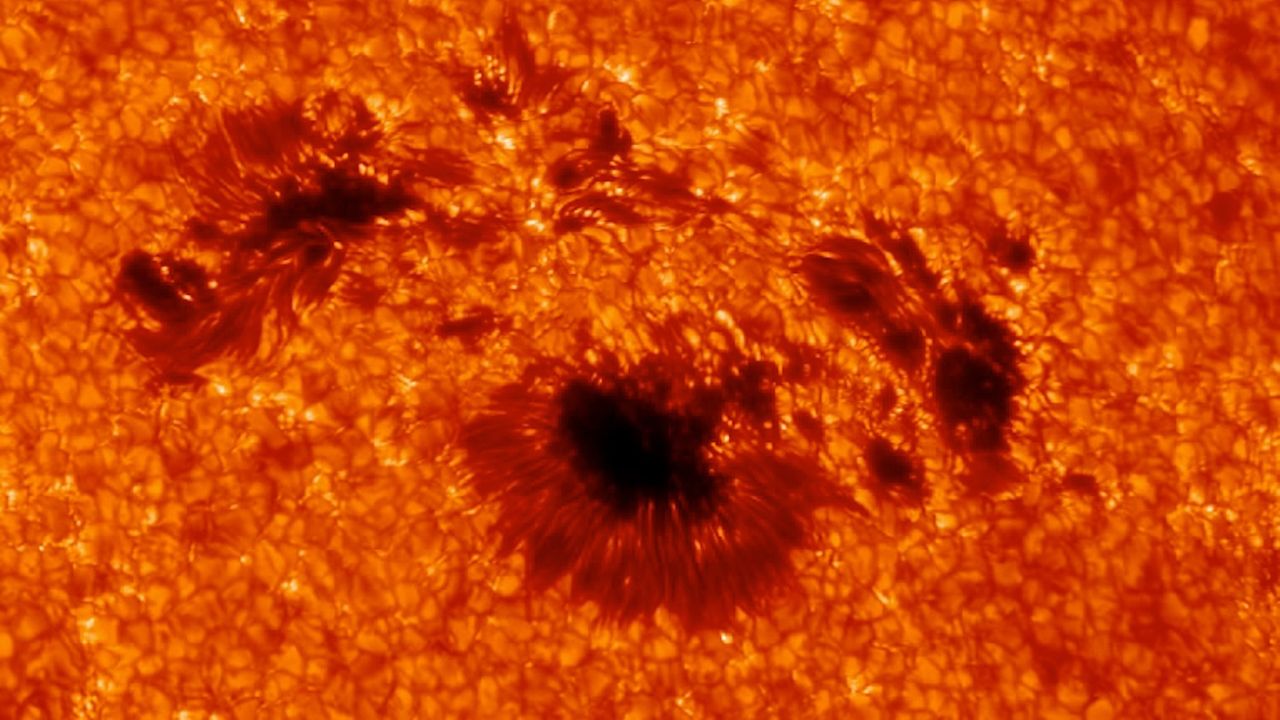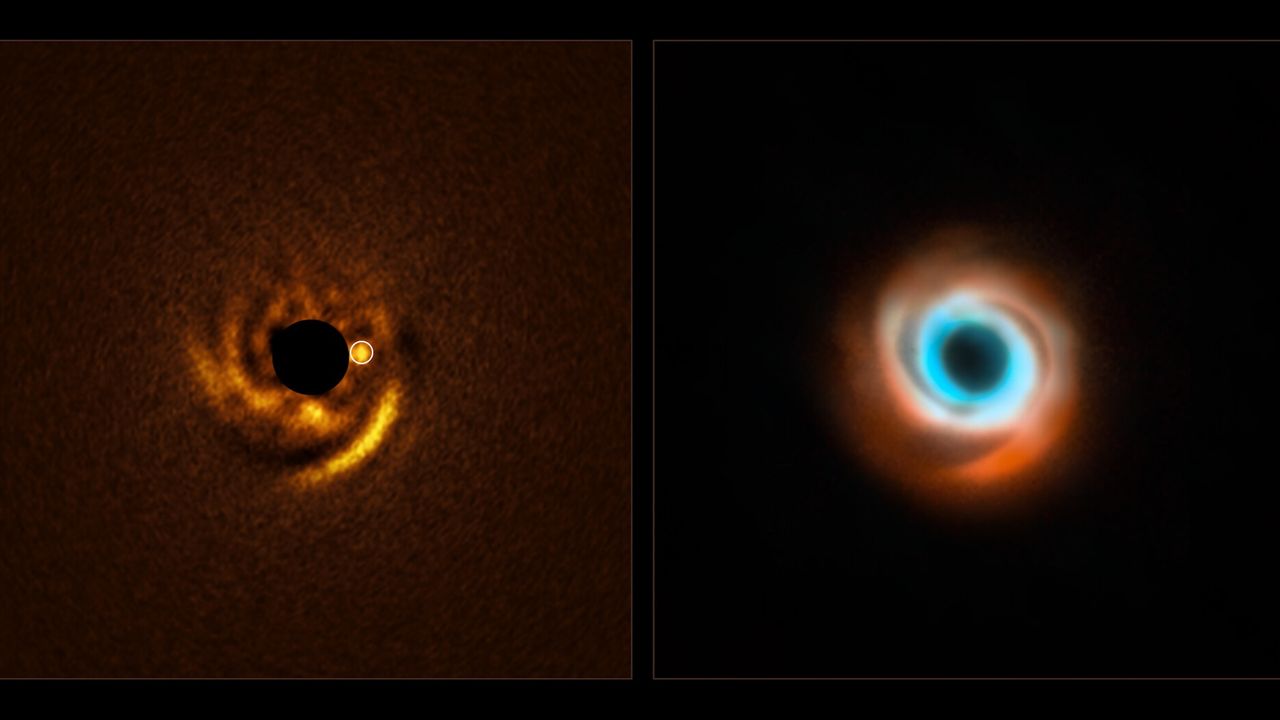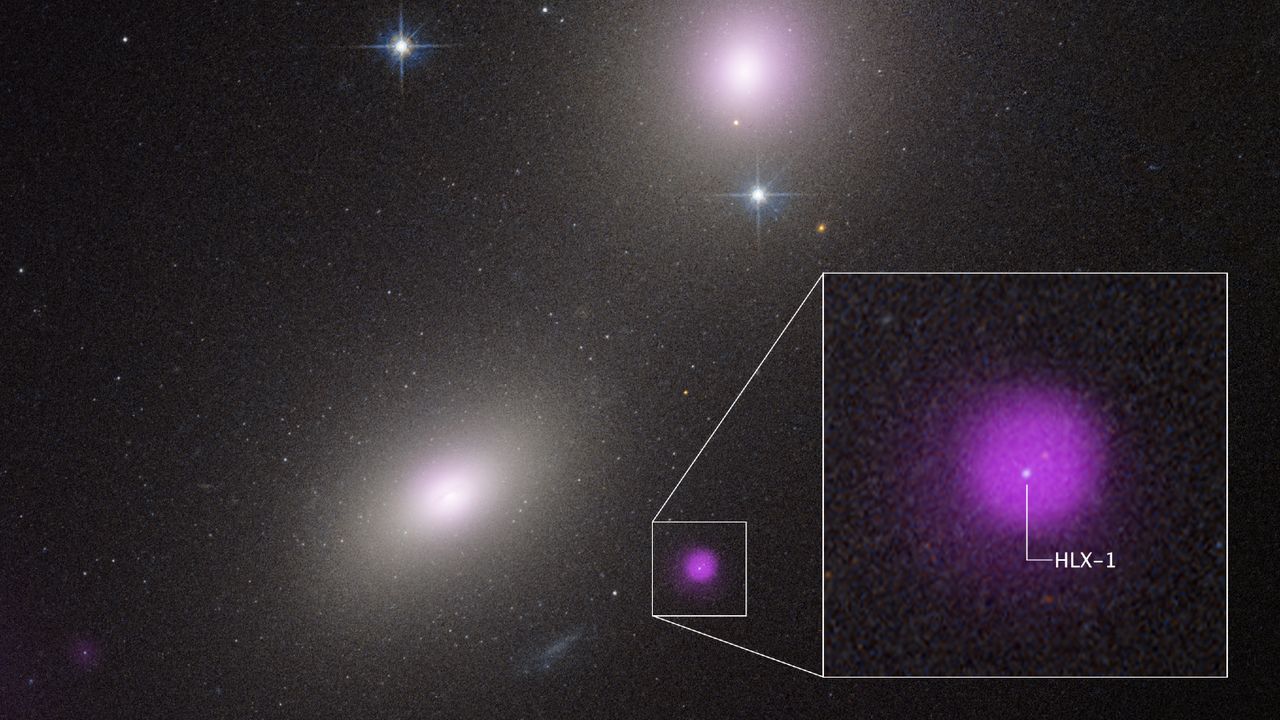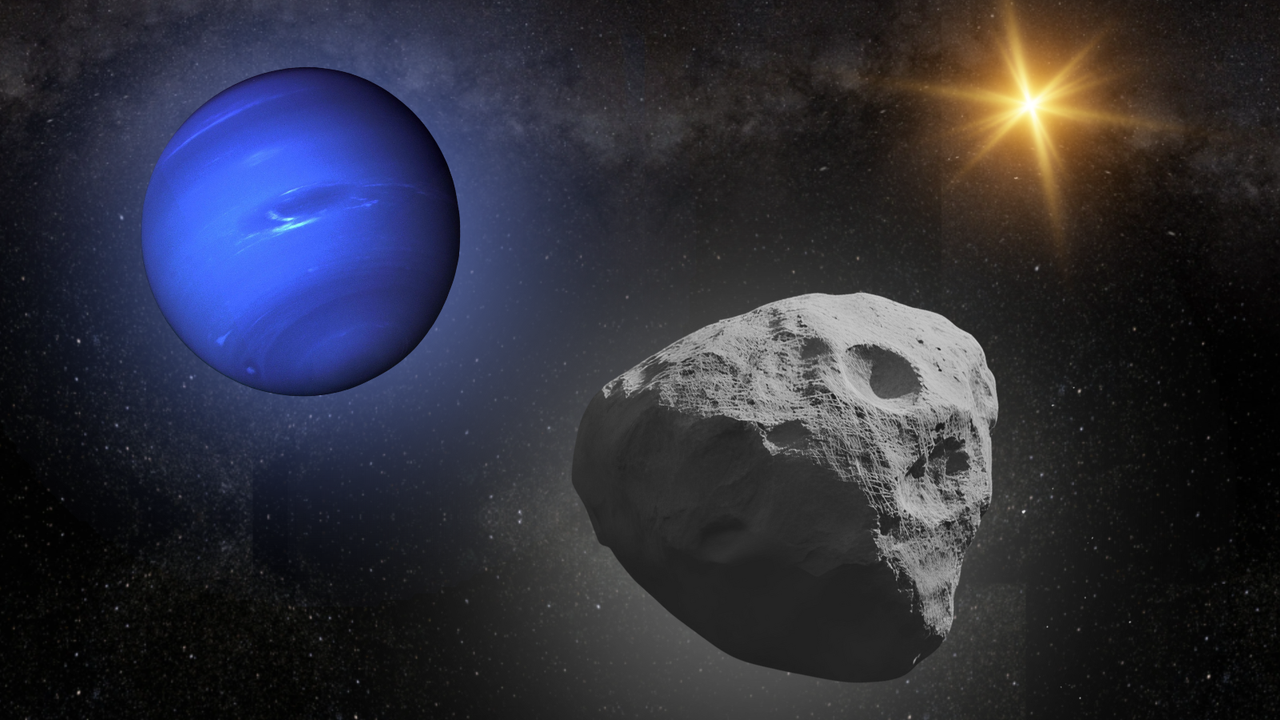See what’s trending right now
Astronomy Discoveriesin Science
3 hours agoFrom exploring the wonders of the universe and stargazing Sagittarius in summer to uncovering clues about our solar system's formation through a tiny meteorite, these headlines highlight cosmic discoveries and celestial marvels.
Science
What could be the '7 wonders of the universe' visible in the night sky?
PositiveScience
Imagine stepping outside on a clear night and gazing up at the cosmos—what would you pick as the most jaw-dropping sights? This article explores a celestial "greatest hits" list, suggesting seven must-see wonders of the universe, from glittering star clusters to swirling galaxies, all visible with just your eyes or a basic telescope. It’s like a cosmic bucket list for stargazers.
Editor’s Note: In a world where light pollution often drowns out the stars, this piece reconnects us with the awe of the night sky. It’s a reminder that you don’t need fancy equipment to witness the universe’s grandeur—just a little curiosity and a dark patch of sky. Perfect for amateur astronomers or anyone who’s ever looked up and wondered.
Starwatch: Summer is the time to look for the constellation Sagittarius
PositiveScience
If you're in the UK and love stargazing, keep an eye out for Sagittarius this summer—specifically its "teapot" shape, the most visible part of the constellation from there. While the full archer figure (a centaur with a bow) won’t fully appear above the horizon, the teapot will be clear in the southern sky late at night in late July.
Editor’s Note: Stargazing is a timeless way to connect with the cosmos, and spotting Sagittarius—even just its teapot—adds a little wonder to summer nights. It’s a gentle reminder that you don’t need fancy equipment to enjoy the night sky, just a clear view and a bit of patience. Plus, it’s a fun excuse to stay up late!
When did our solar system's planets form? Discovery of tiny meteorite may challenge the timeline
NeutralScience
A tiny, ancient meteorite might shake up our understanding of how and when the planets in our solar system formed. Scientists analyzing this space rock found evidence that rocky planets—whether close to the sun like Earth or farther out like Mars—could have formed around the same time. That contradicts current theories, which suggest they formed in stages.
Astronomers discover new dwarf planet 'Ammonite' — and it could upend the existence of Planet Nine
NeutralScience
Astronomers have found a new dwarf planet, nicknamed "Ammonite," lurking in the outer reaches of our solar system. While it’s exciting on its own, the real buzz is that its orbit might poke holes in the long-debated "Planet Nine" theory—suggesting there may not be a hidden giant planet after all.
Scientists detect gargantuan 'pimple' that has plagued a star for at least 7 years
NeutralScience
Astronomers have spotted a massive, persistent "pimple" on a small, cool star—like a cosmic zit that just won’t quit. This enormous dark spot, covering 7% of the star’s surface, has been hanging around near its pole for at least seven years, revealed by a passing exoplanet. It’s a weirdly long-lasting feature that challenges what we know about stellar activity.
Astronomers witness a newborn planet emerging from the dust around a sun-like star: Space photo of the week
PositiveScience
Astronomers using Chile’s Very Large Telescope have spotted something extraordinary—a baby planet forming in the swirling dust around a young star that looks a lot like our Sun. This is the first time we’ve directly seen a planet in its earliest stages, tucked inside those dramatic spiral arms of cosmic debris.
Rogue black hole found terrorizing unfortunate star in distant galaxy
NeutralScience
Astronomers have spotted a rogue black hole wreaking havoc on a nearby star in a far-off galaxy, thanks to observations from the Hubble Telescope and Chandra X-ray Observatory. This isn’t just any black hole—it’s an elusive "intermediate-mass" one, a rare find that could help scientists uncover more of these mysterious cosmic predators in the future.
Astronomers discover strange solar system body dancing in sync with Neptune: 'Like finding a hidden rhythm in a song'
PositiveScience
Astronomers just spotted a weird little cosmic neighbor way out in the solar system’s backyard—and it’s moving in perfect sync with Neptune, like two dancers locked in an endless orbital waltz. The discovery hints at unseen forces shaping our cosmic neighborhood.
How can the James Webb Space Telescope see so far?
PositiveScience
The James Webb Space Telescope is blowing our minds with its stunning snapshots of the universe’s farthest corners—but how does it pull off such cosmic magic? This piece breaks down the tech behind Webb’s superpowers, from its massive gold-plated mirrors to its ultra-sensitive infrared cameras, all while chilling a million miles from home.
Why World Pulse Now?
Global Coverage
All major sources, one page
Emotional Lens
Feel the mood behind headlines
Trending Topics
Know what’s trending, globally
Read Less, Know More
Get summaries. Save time
Stay informed, save time
Learn moreLive Stats
Articles Processed
7,653
Trending Topics
150
Sources Monitored
191
Last Updated
2 hours ago
Live data processing
How it works1-Minute Daily Briefing
Stay sharp in 60 seconds. Get concise summaries of today’s biggest stories — markets, tech, sports, and more
Why World Pulse Now?
Global Coverage
All major sources, one page
Emotional Lens
Feel the mood behind headlines
Trending Topics
Know what’s trending, globally
Read Less, Know More
Get summaries. Save time
Stay informed, save time
Learn moreLive Stats
Articles Processed
7,653
Trending Topics
150
Sources Monitored
191
Last Updated
2 hours ago
Live data processing
How it works1-Minute Daily Briefing
Stay sharp in 60 seconds. Get concise summaries of today’s biggest stories — markets, tech, sports, and more
